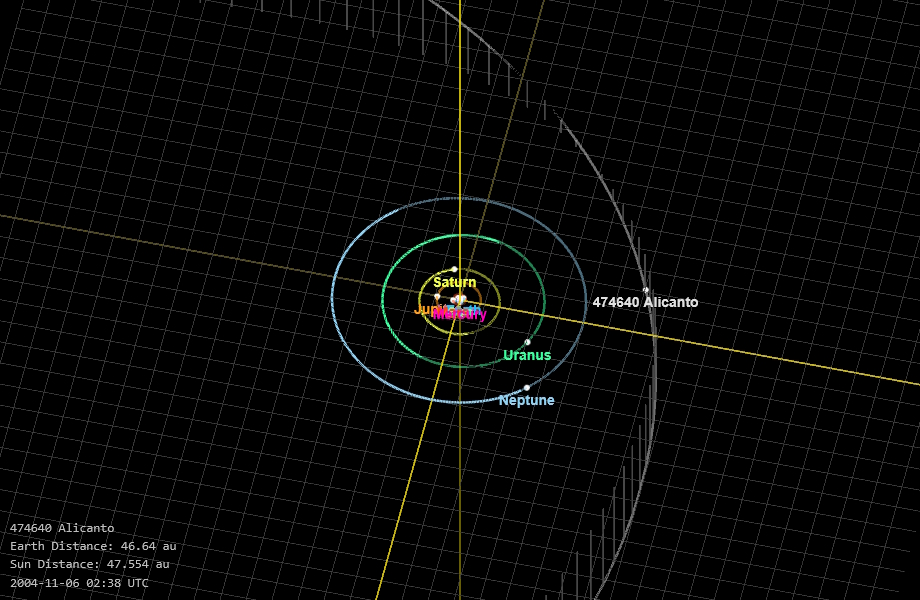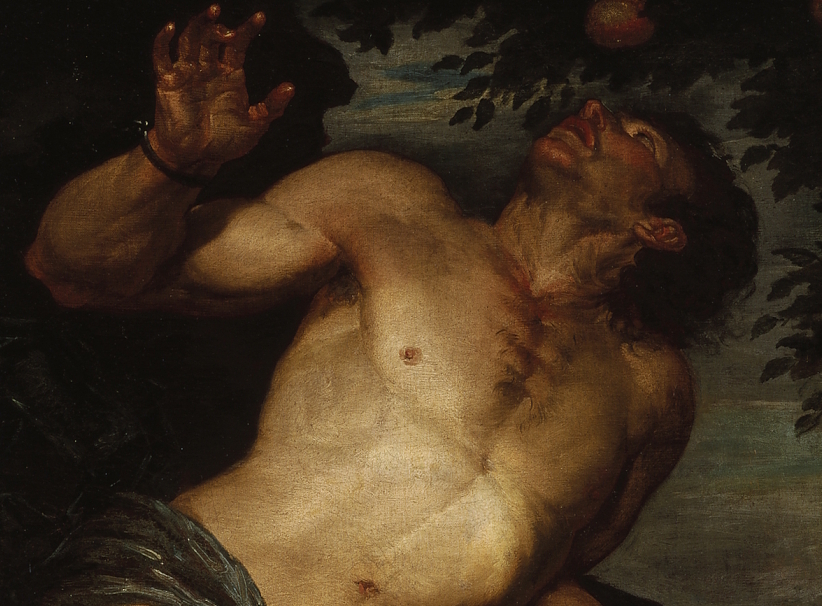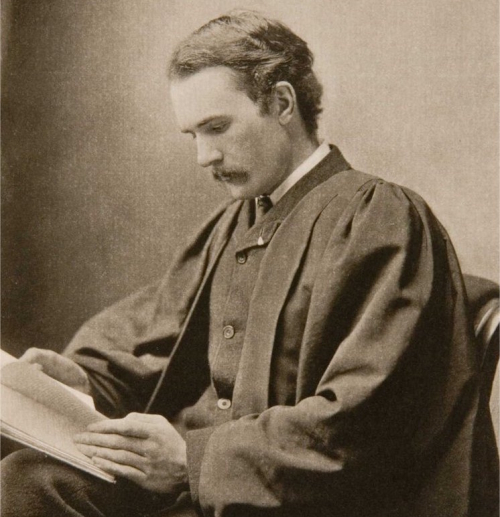Focus On: (474640) Alicanto
The Alicanto is a mythological nocturnal bird of the desert of Atacama, from Chilean folklore. Its wings shine at night with beautiful, metallic colours, possibly indicating the type of ore it eats. A miner that follows an alicanto without being noticed by the bird can find rich mineral outcrops or entierros (buried treasure).
Focus On: (474640) Alicanto Read Post »










